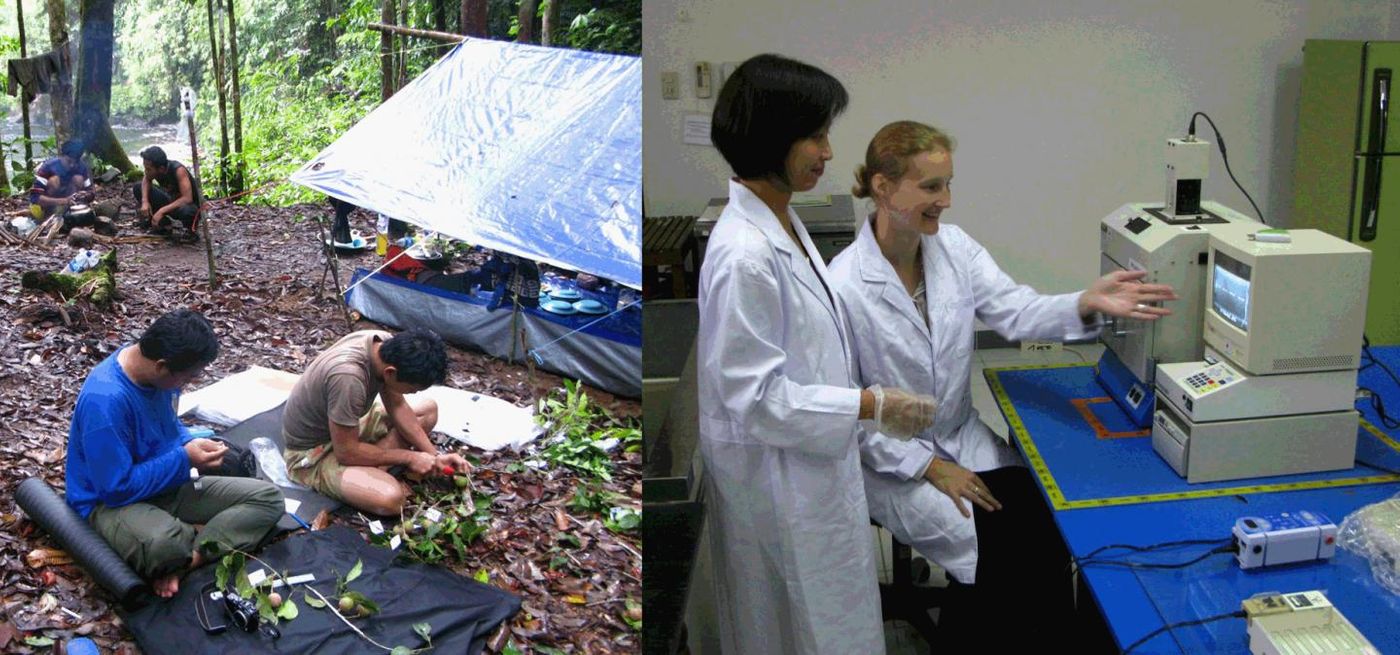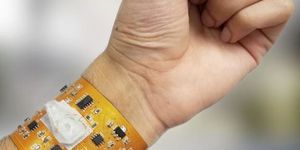Bringing Genetics Research to the Developing World
DNA sequencing is turning into a technique that could have extremely uneven applications, so there may be a lot we'll miss. The cost of that technology has come down tremendously, and there are tons of options for sequencing genetic material in the developing world. While academic institutions have ended up clustering in certain global regions, it's time to spread that knowledge around. Biodiversity is centered around the equator, far from where a lot of genetic research is taking place, and where it is cheapest. Because of the current wealth of sequencing options (one is outlined in the video), scientists are aiming to create a more equitable distribution of genetic resources and research capabilities to enhance everyone's research. To that end, Dr. Gillian Dean led a team of scientists that reported high-quality genetic data in Applications in Plant Sciences, which was generated at an Indonesian lab.
"It can seem daunting to set up a molecular biology lab, but as methods become cheaper and more robust, it really is within reach of more and more researchers," explained Dean, lead author of the study. "We want to share our expertise to help people set up these methods, and take full advantage of the kind of data that can be generated."
In the developing world, scientific investigators are often hampered by budget constraints, as well as logistical difficulties posed by their location. For example, it takes a lot longer and costs much more to get lab reagents shipped to places that are far from where they're typically distributed. But DNA extraction and sequencing preparation reagents are way less expensive, and the process isn't as laborious as it was only twenty years ago.
Dr. Dean and colleagues assessed DNA sequence data that was generated at the Molecular Systematics Laboratory of the Herbarium Bogoriense, Research Center for Biology at the Indonesian Institute of Sciences (LIPI), in West Java, Indonesia. The team aims to establish an open-access database of DNA barcode data from the flora in an Indonesian national park, Gunung Palung.
This effort will not only help developing countries; it will also be good for other researchers. "The wider scientific community benefits by having more capacity in terms of people producing data,” Dean explained.
"The ability to prepare the DNA of interest for sequencing means that scientists in developing countries have more autonomy when it comes to designing projects, to choose exactly the data they generate, and for what purpose," added Dean. "It also enables those scientists to have equal access to and control over the resulting data."
It's not only beneficial, it also means that the measures countries take to protect their flora and fauna can be respected while allowing the science to reach a wider audience.
There is an ethical aspect to this work as well. "I think the main point is that we have to be more inclusive of scientists from countries where samples originate. Historically, researchers from more developed countries have arrived and taken specimens back to their home country, and in many cases have not shared the resulting data with the country of origin," noted Dean. "We must move away from this, and start to have an equitable approach to doing research in less developed countries."
This is one step toward that goal.
In this video from the Royal Botanical Gardens, researchers go into the field to test out gene sequencing methods.
Sources: AAAS/Eurekalert! Via Botanical Society of America, Applications in Plants Sciences









